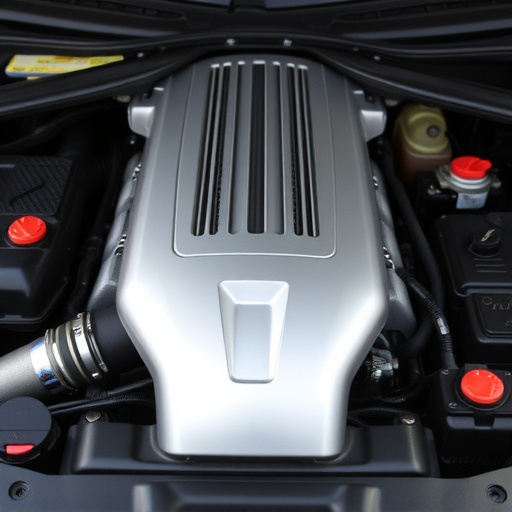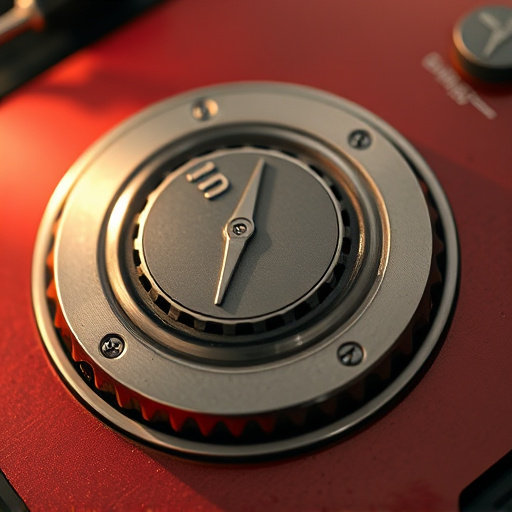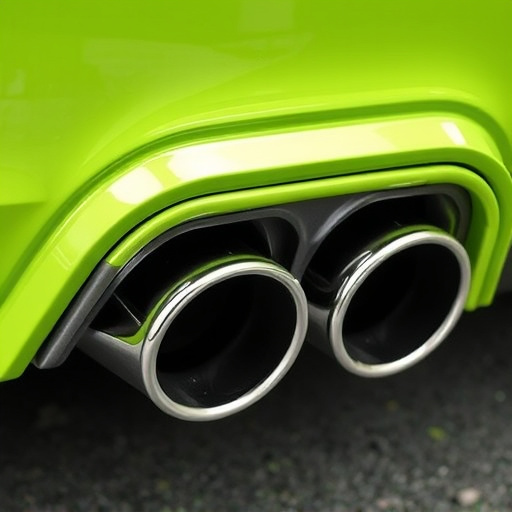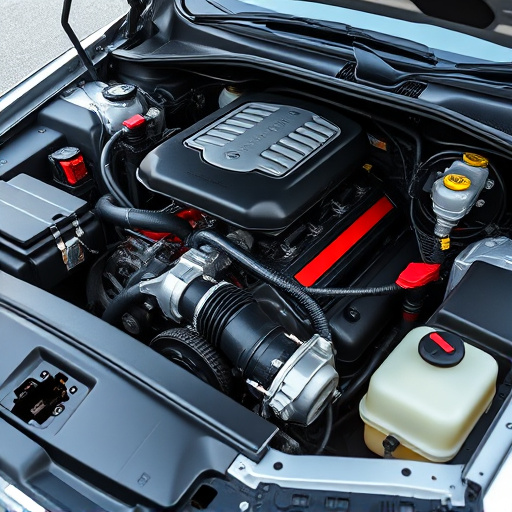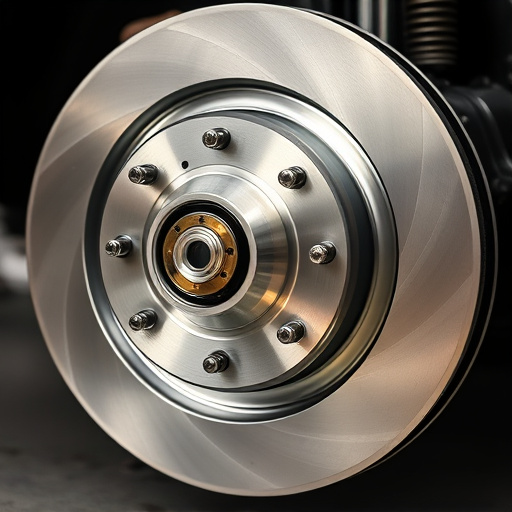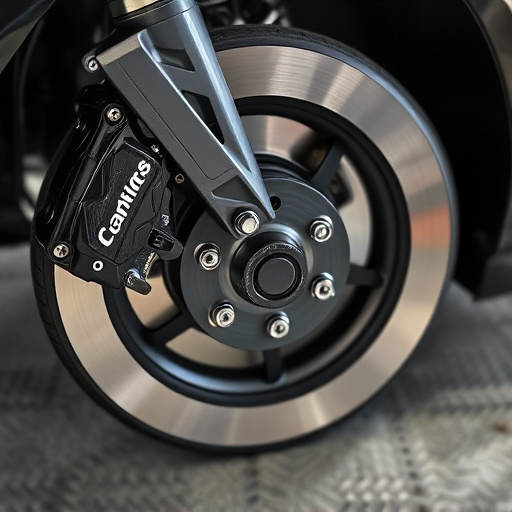When selecting engine components, consider OEM (Original Equipment Manufacturer) parts for guaranteed compatibility, quality, and performance, despite higher costs. Aftermarket parts offer cost savings but may require modifications; ensure they meet or exceed OEM standards for safety, reliability, and efficiency to avoid compromising vehicle functionality.
When it comes to replacing or upgrading your vehicle’s engine components, understanding the difference between Original Equipment Manufacturer (OEM) and aftermarket parts is crucial. This guide explores how to discern between these two types of engine components. We’ll delve into their distinct characteristics, focusing on quality, performance, safety, and reliability. By the end, you’ll be equipped to make informed decisions when choosing parts for your vehicle’s powerplant.
- Understanding OEM and Aftermarket Parts
- Recognizing Quality and Performance Differences
- Considerations for Safety and Reliability
Understanding OEM and Aftermarket Parts
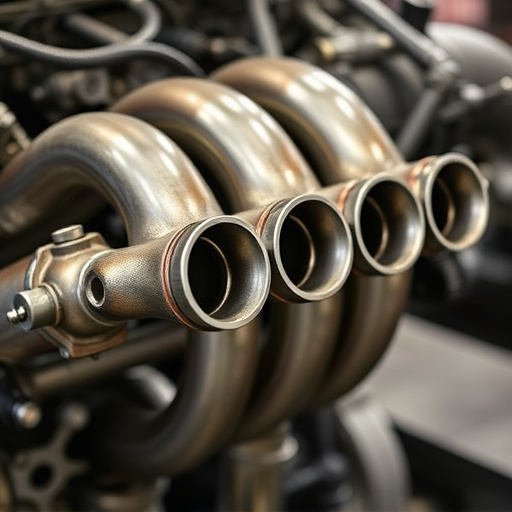
Understanding OEM (Original Equipment Manufacturer) and Aftermarket Parts is key when navigating the engine component market. OEM parts are exactly as the name suggests—original equipment produced by the vehicle manufacturer for their specific models. These components are designed to fit seamlessly with your car’s make and model, ensuring optimal performance and compatibility. They often come with warranties backed by the manufacturer, offering peace of mind for consumers.
Aftermarket parts, on the other hand, are replacement engine components made by third-party manufacturers. While they may not offer the same level of warranty support as OEM parts, they can be a cost-effective alternative. Aftermarket products are designed to fit various models, allowing for flexibility but potentially requiring modifications for a perfect fit. Common aftermarket items include exhaust tips and intake components, which can enhance performance or provide aesthetic upgrades to your vehicle’s engine compartment.
Recognizing Quality and Performance Differences
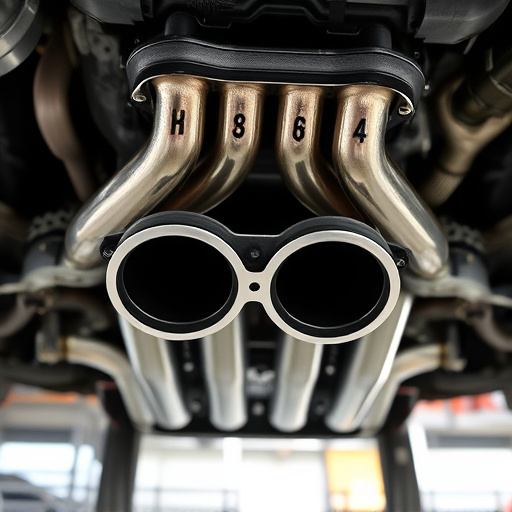
When comparing OEM (Original Equipment Manufacturer) vs. aftermarket engine components, one of the most significant factors to consider is quality and performance. OEM parts are designed and manufactured by the same company that produced the vehicle, ensuring a precise fit and often superior durability. These original parts are subjected to rigorous testing and quality control measures, guaranteeing consistent performance and reliability over time. Aftermarket components, while diverse and numerous, may not always meet these standards.
Aftermarket suppliers typically offer a wide range of options at varying price points. While some aftermarket parts can provide good value and performance, others might lack the same level of precision in design and manufacturing. For instance, consider exhaust systems or brake rotors—aftermarket versions could differ in noise levels, efficiency, and brake pad performance compared to OEM counterparts. Therefore, when selecting engine components, prioritizing quality ensures a smoother ride, better fuel efficiency, and enhanced safety features, such as consistent braking power from well-maintained brake pads.
Considerations for Safety and Reliability
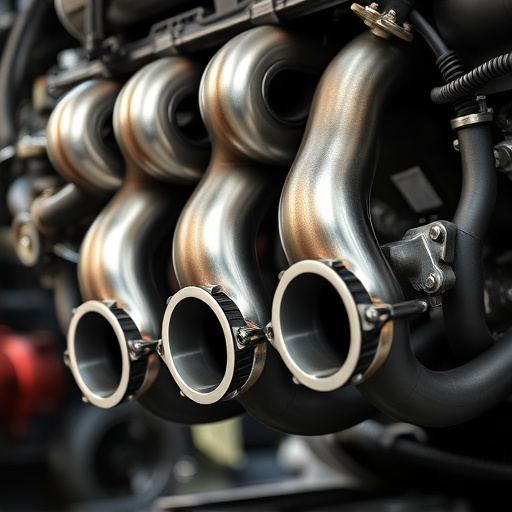
When it comes to engine components, choosing between OEM (Original Equipment Manufacturer) and aftermarket parts involves a critical balance between safety and reliability. OEM parts are designed specifically for your vehicle’s make and model, ensuring they meet the manufacturer’s standards for performance and safety. These original pieces are subjected to rigorous testing, offering peace of mind regarding their ability to withstand high-performance conditions without compromising safety.
In contrast, aftermarket components, while often more affordable, may not adhere to the same stringent safety protocols. Aftermarket brake pads, performance air filters, or exhaust tips might enhance your vehicle’s capabilities, but they could also introduce risks if not carefully selected. It’s essential to research and choose reputable brands that prioritize quality and compatibility to ensure these parts function optimally without compromising your vehicle’s safety features.
When differentiating between OEM and aftermarket engine components, understanding their unique attributes is key. OEM parts, directly from the manufacturer, offer superior quality and performance, ensuring optimal reliability and safety for your vehicle. Conversely, aftermarket components may be more affordable but can vary in consistency and compatibility. By considering these factors, you can make informed decisions to enhance your engine’s performance while prioritizing safety. Remember, choosing the right engine components is crucial for maintaining your vehicle’s overall health.








